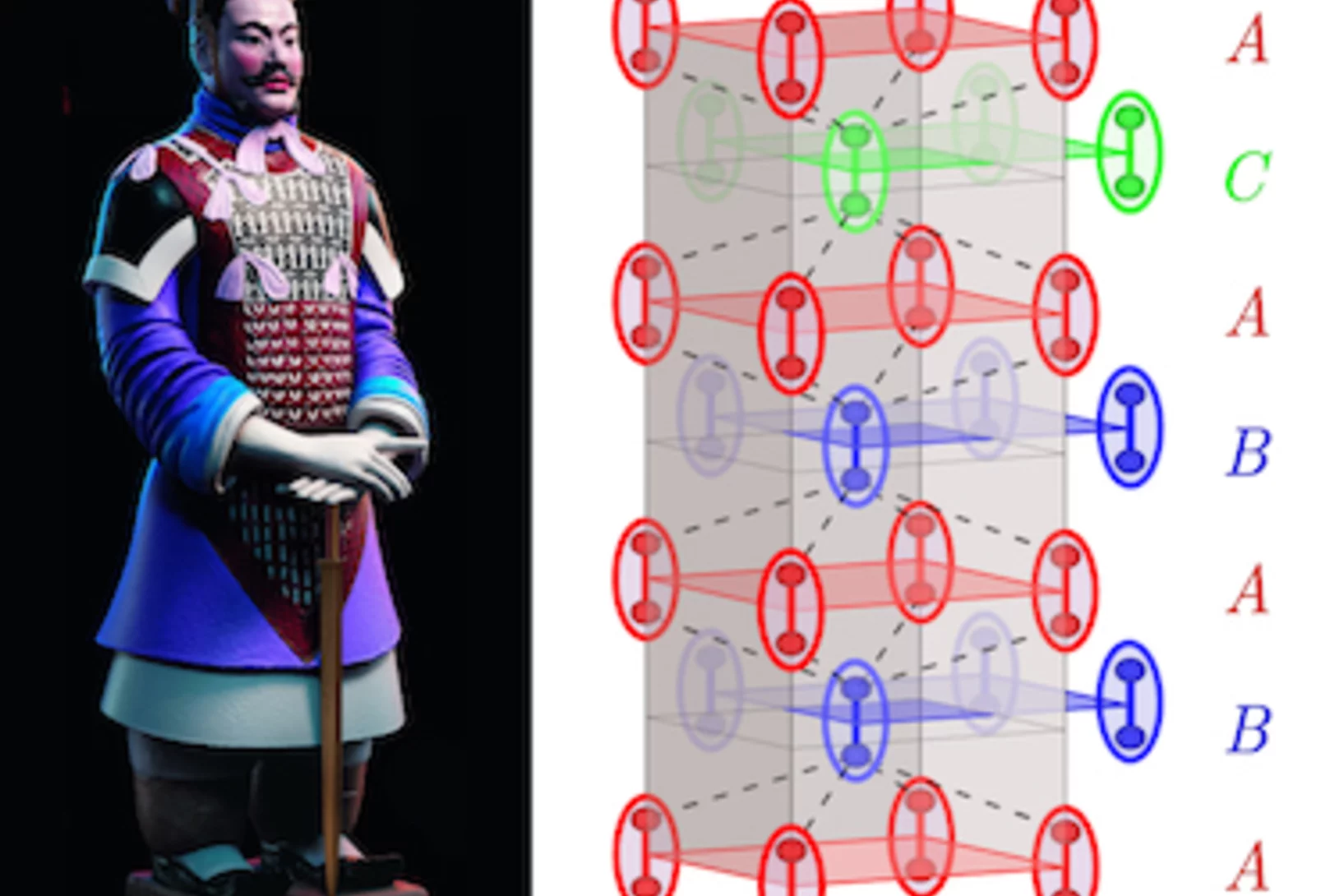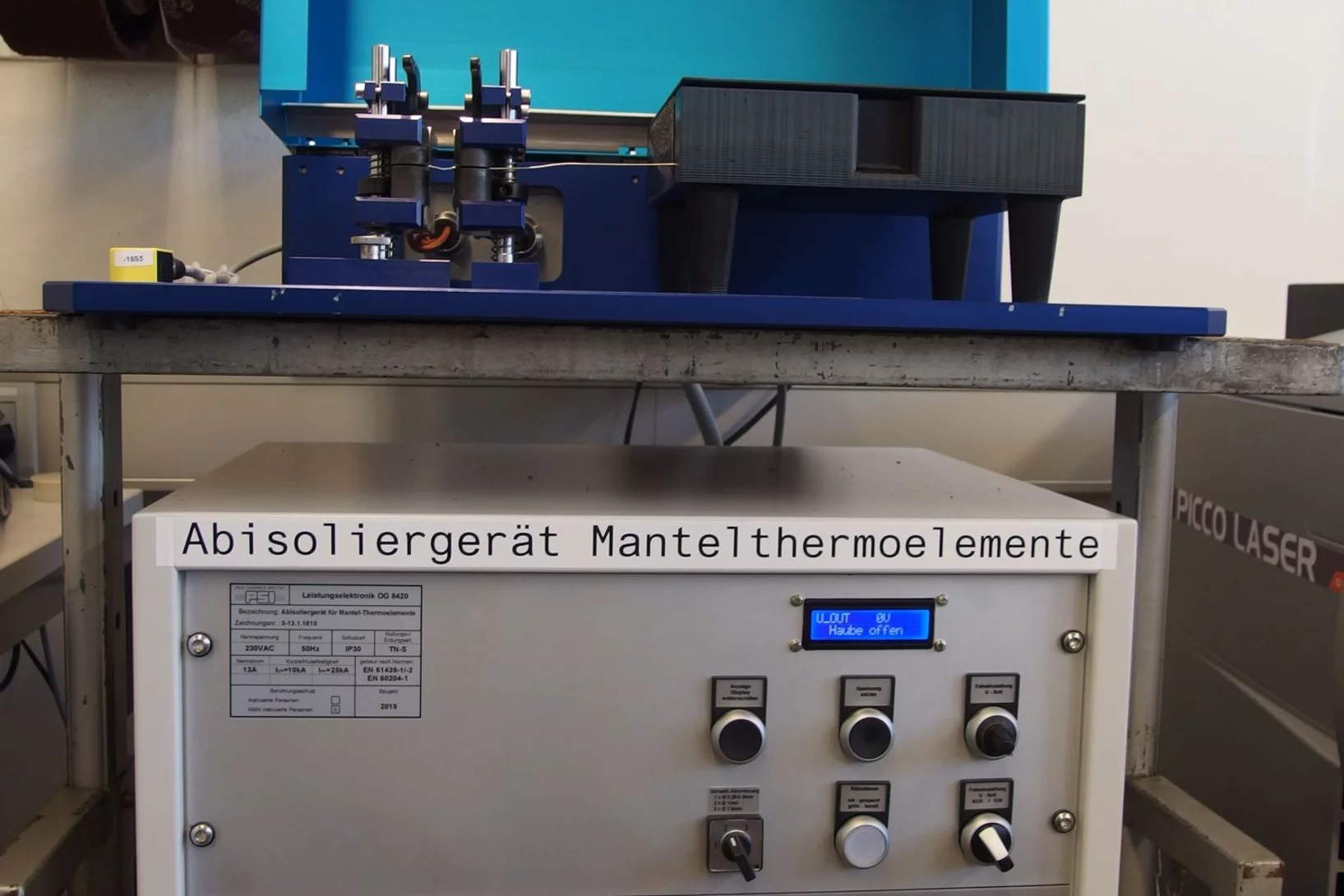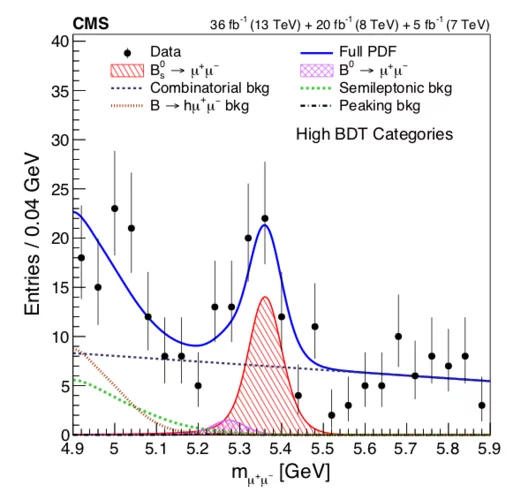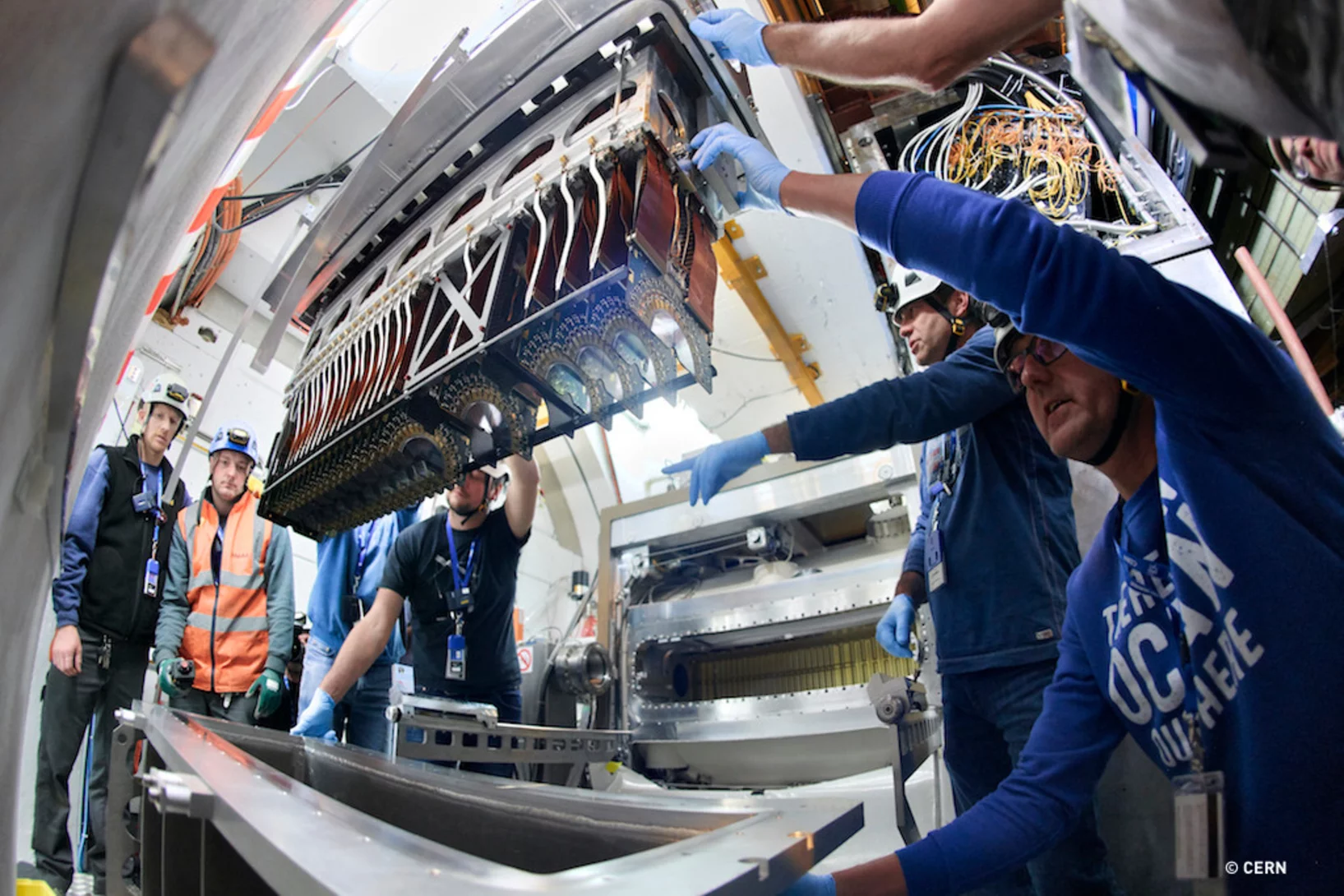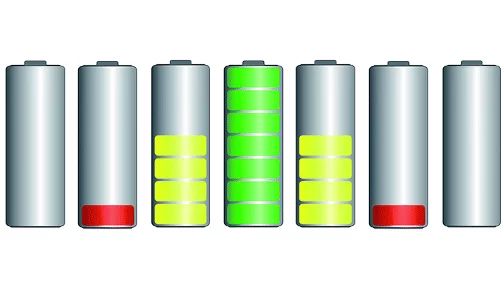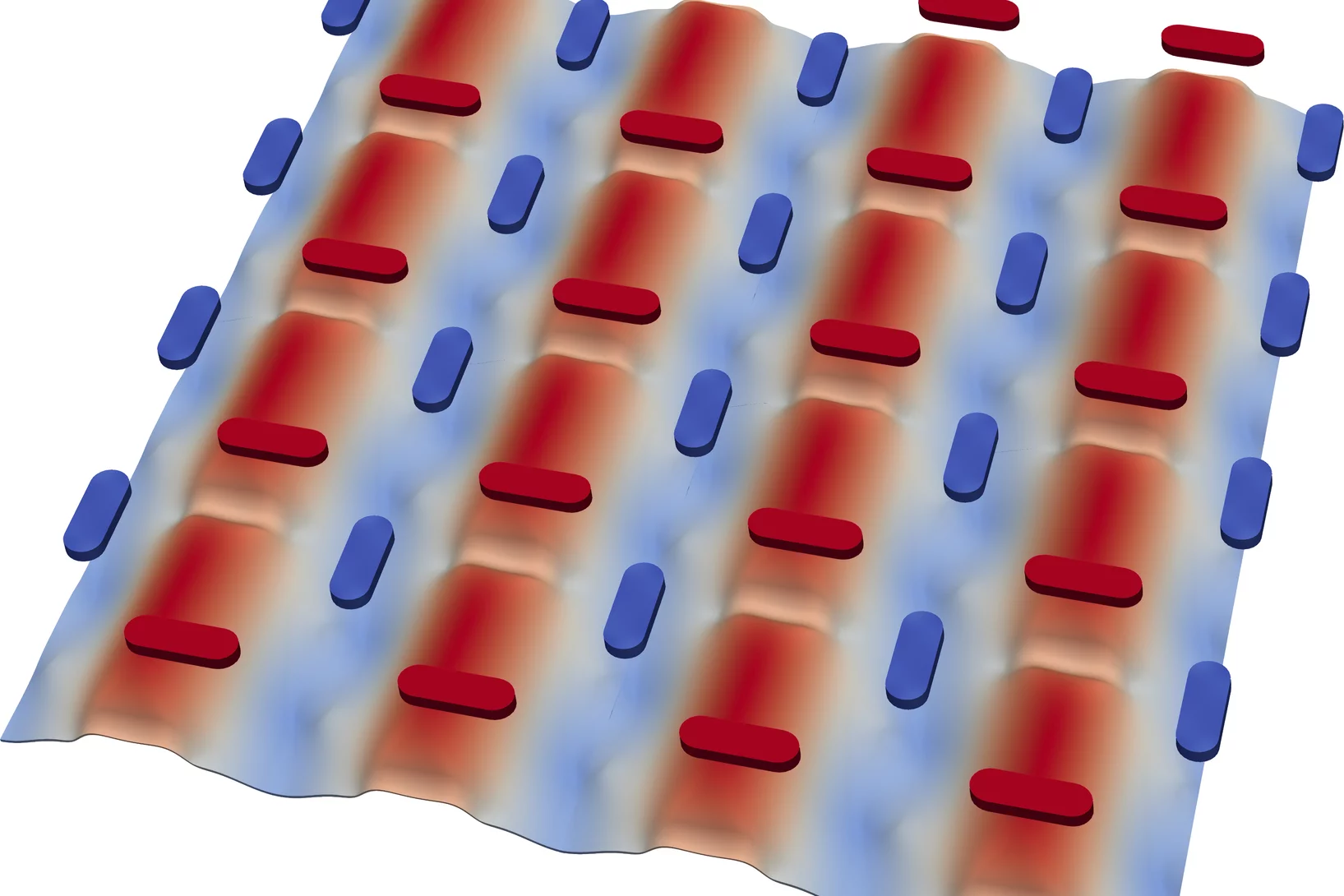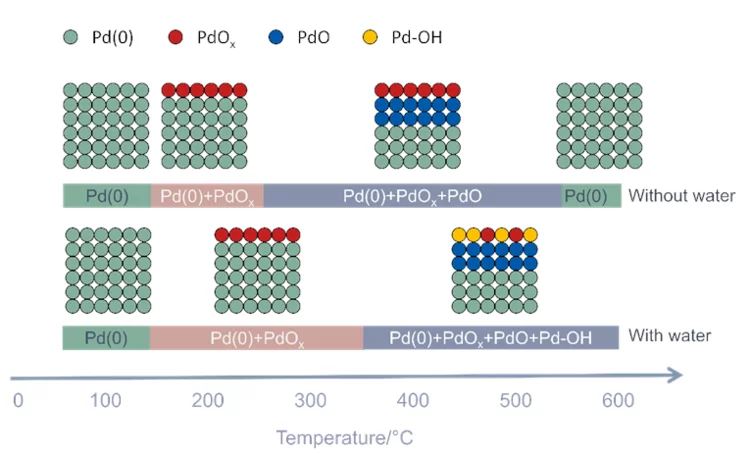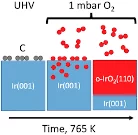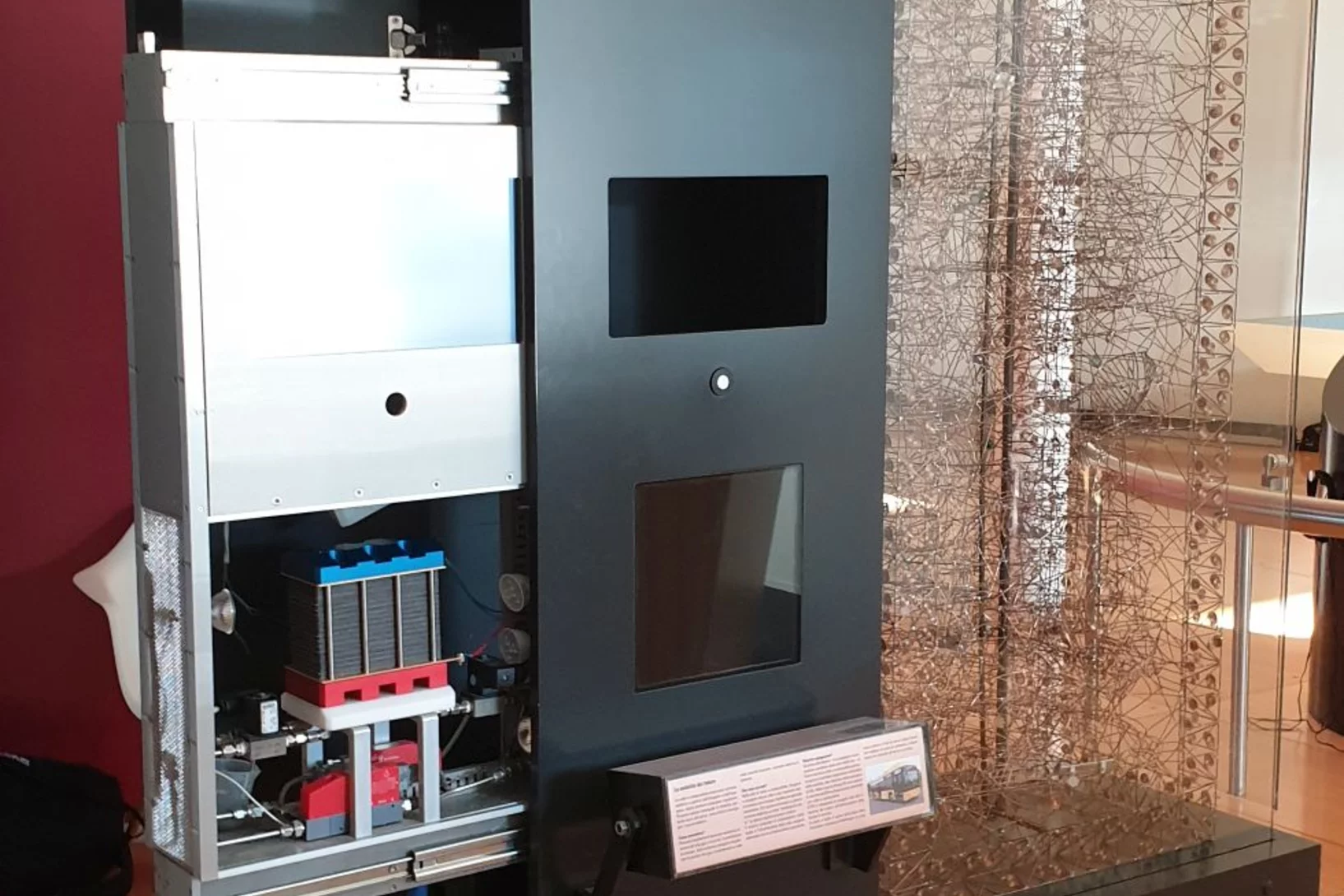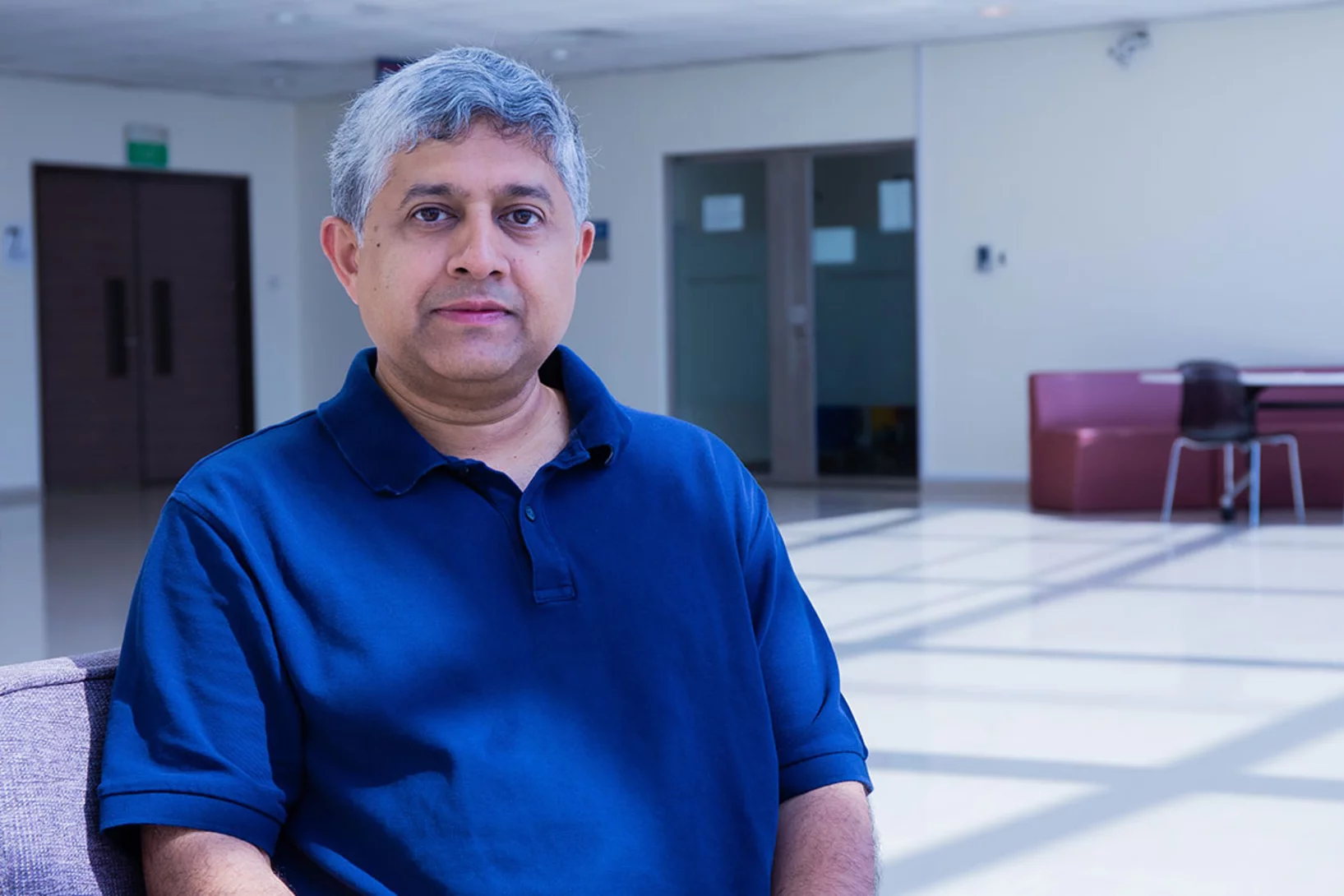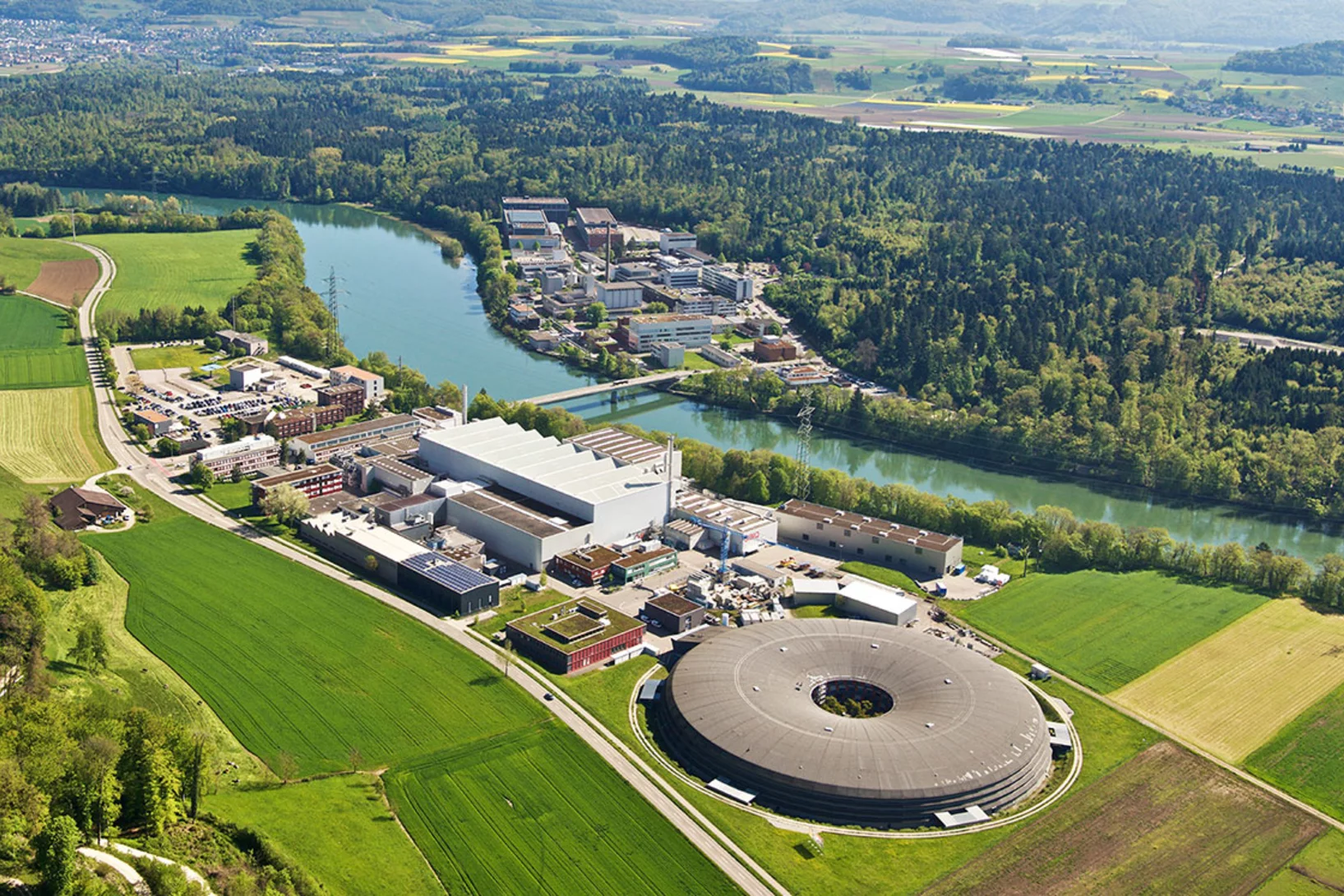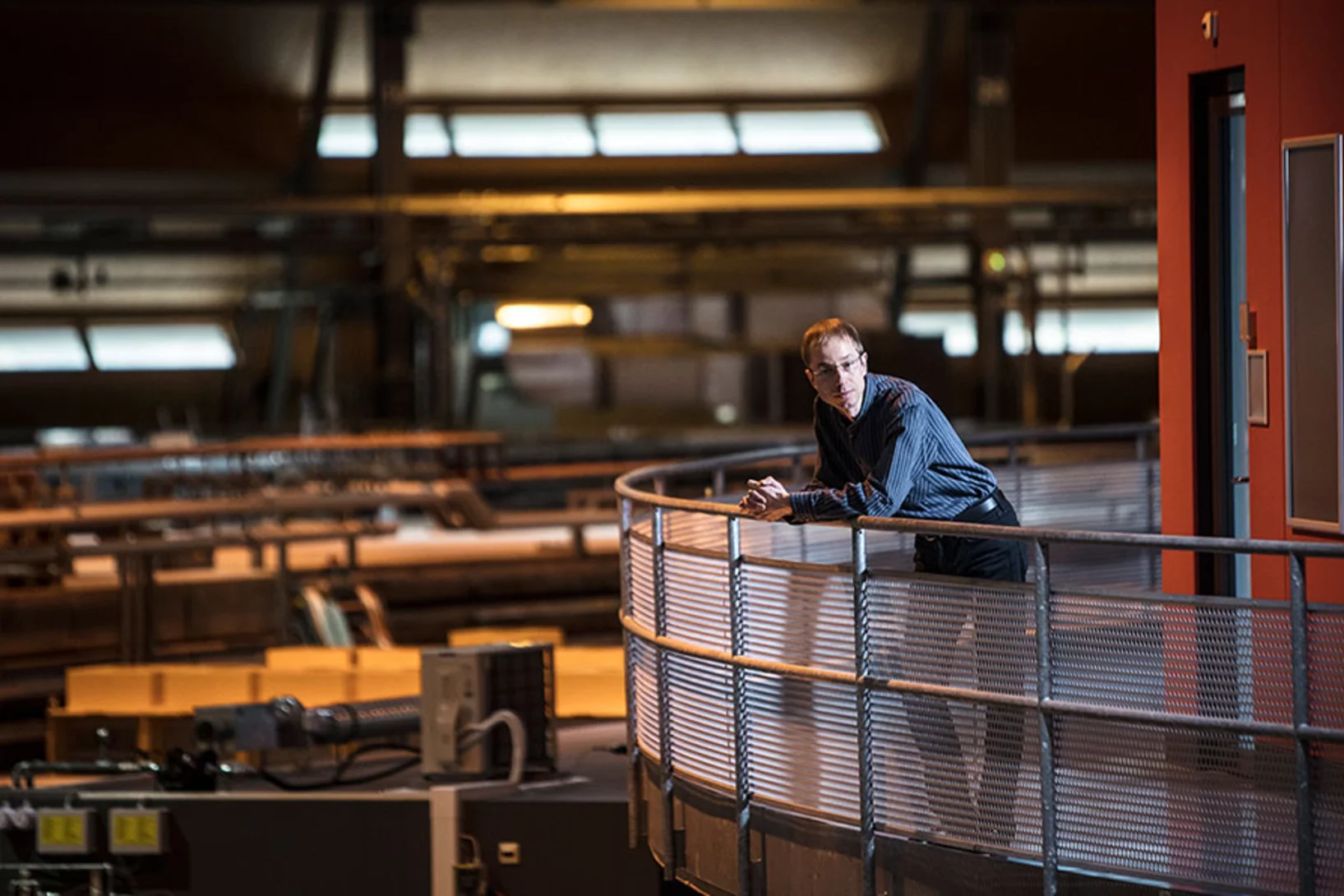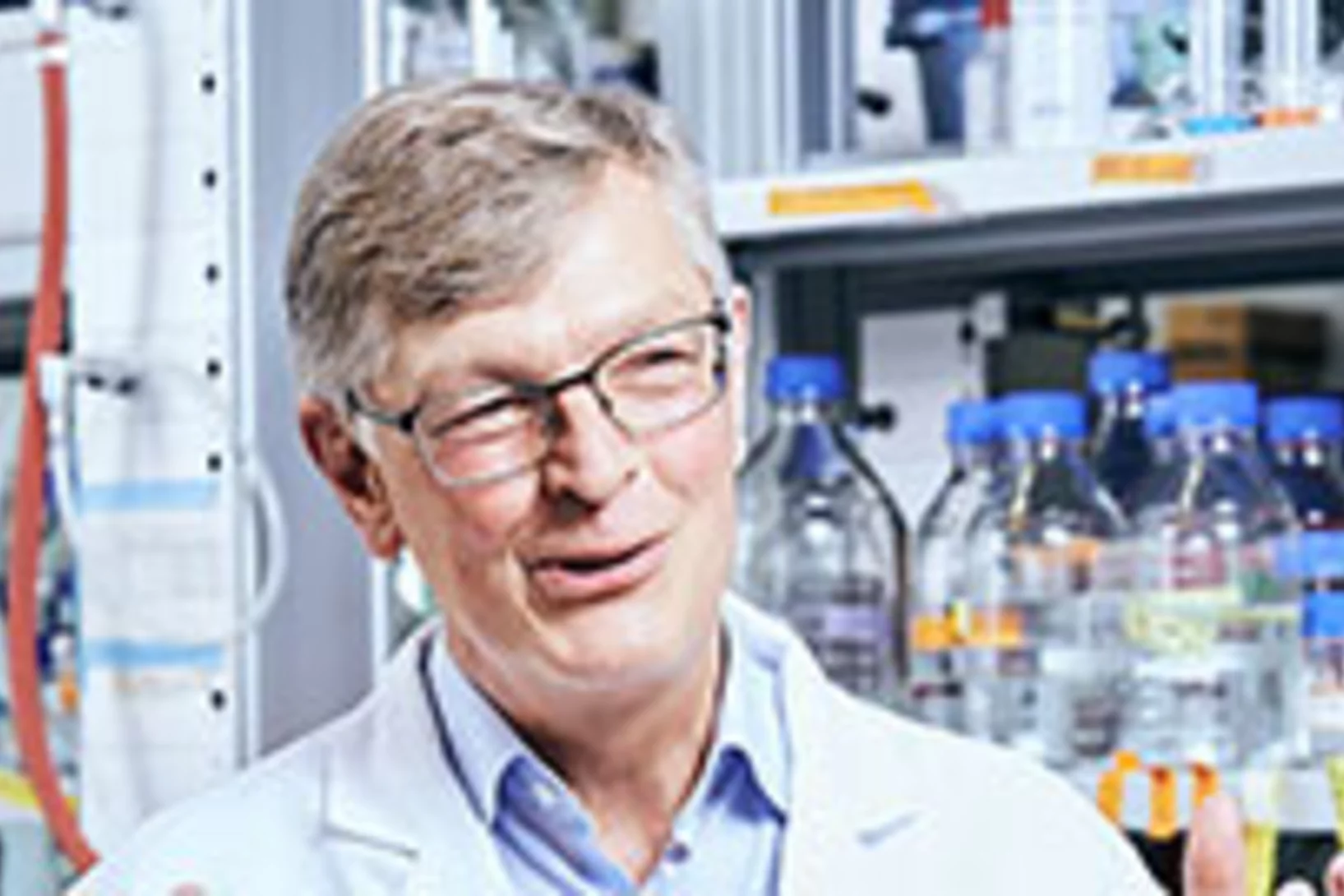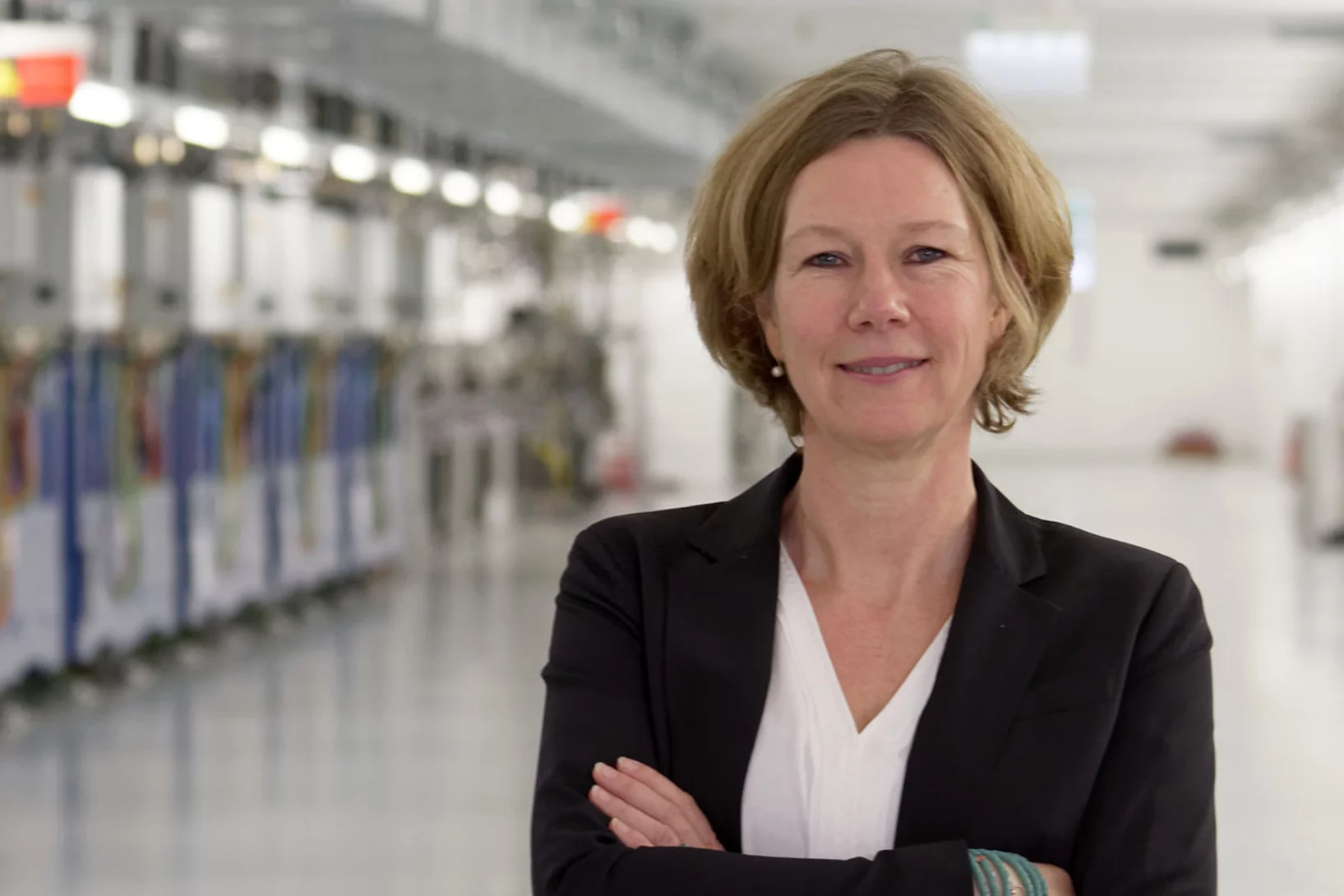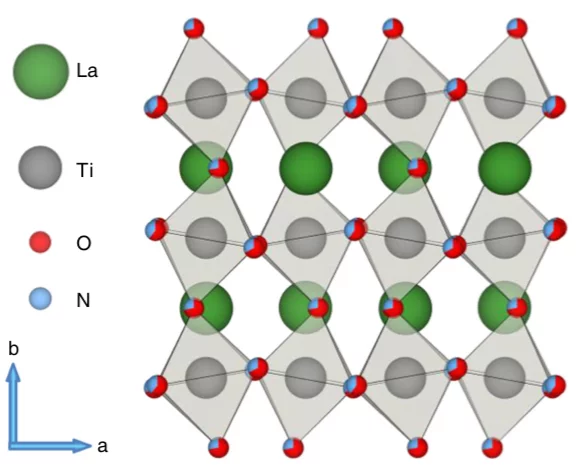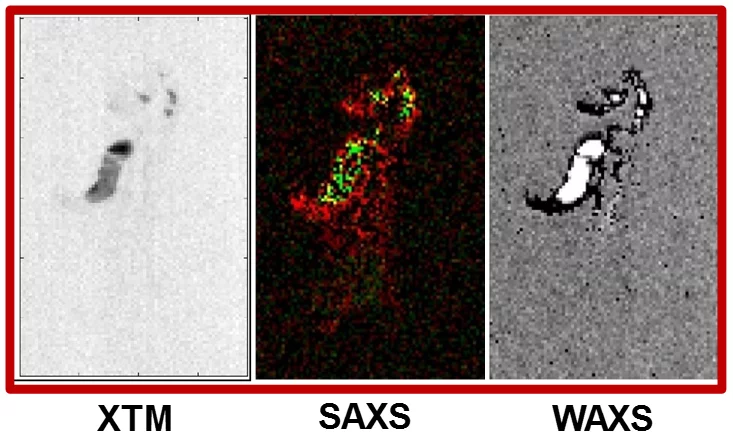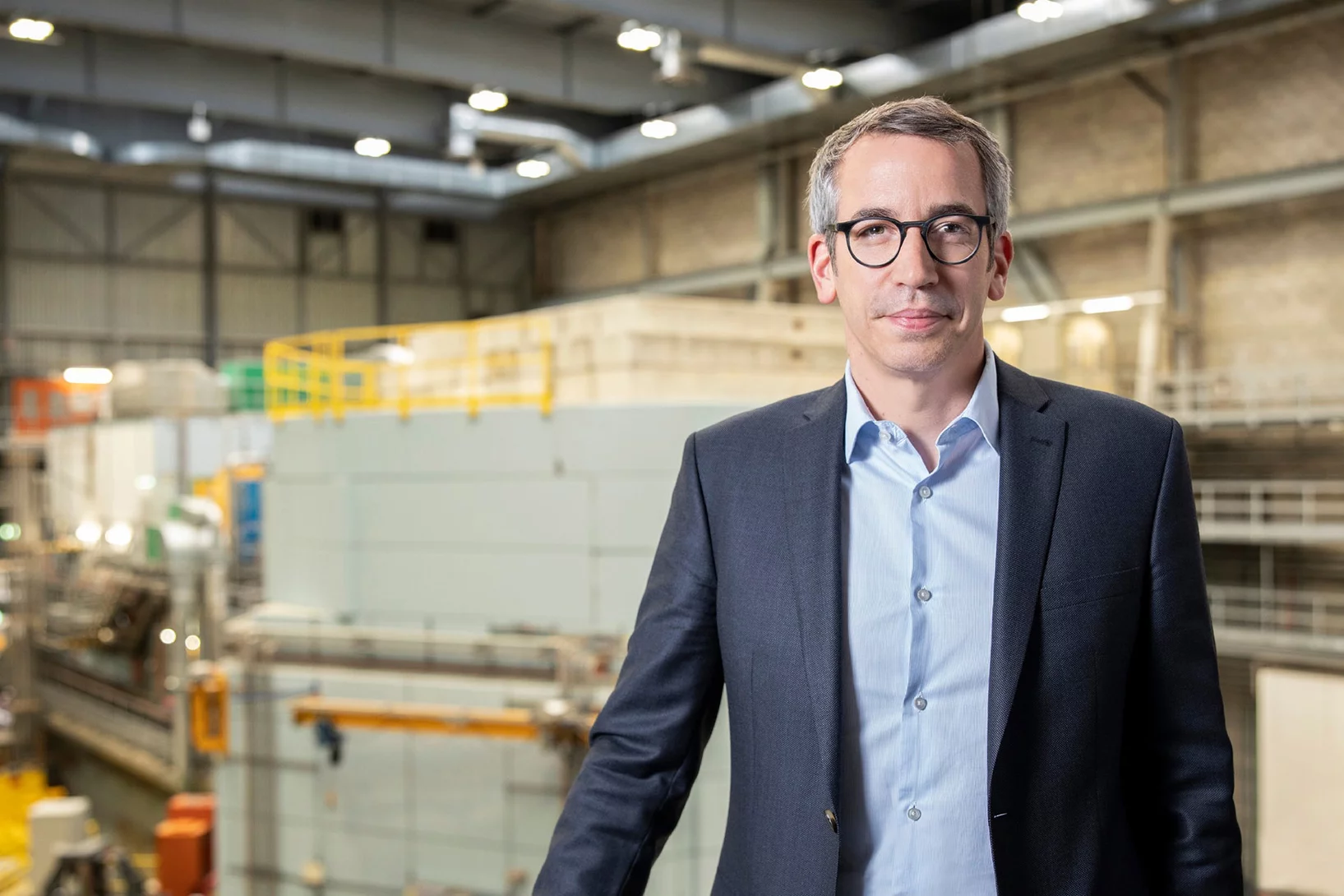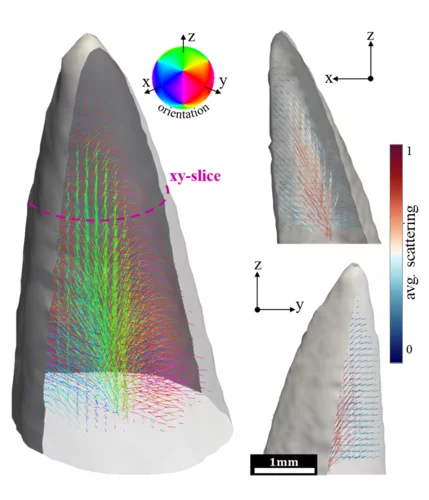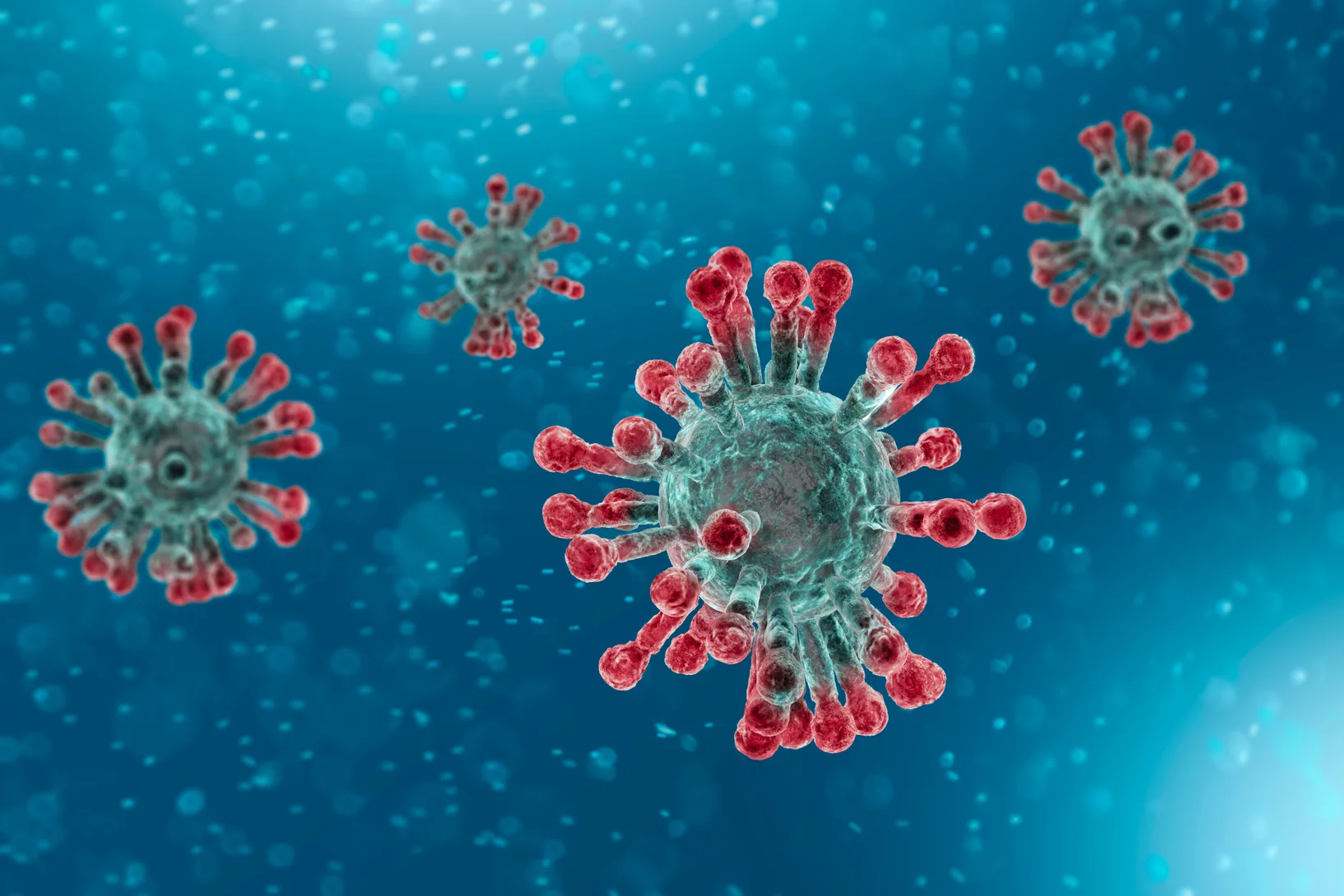Shifting away from nuclear energy, expanding solar and wind power, generating energy from biomass, reducing energy consumption. Switzerland is committed to becoming climate-neutral by 2050. An ambitious goal, which has become more urgent than ever due to the increasingly challenging geopolitical situation. How can a sustainable and resilient energy supply for Switzerland be established over the coming years? What's the optimal way to use renewable energy sources? What new technologies are especially promising? At PSI, researchers are seeking answers to these crucial questions.
Virtual Collaboration Meeting
During the Corona crisis, meetings are only possible online. The Mu3 collaboration met today virtually with more than 20 people from three different countries.
Understanding Quantum Critical Magnetism in Han Purple
The ancient purple pigment used to paint the terracotta warriors, BaCuSi2O6, is also a quantum magnetic material which consists of stacked Cu2+ bilayers hosting spin dimers. Magnetometry and NMR experiments have revealed puzzling critical phenomena at the quantum phase transition (QPT) caused by an applied magnetic field, which suggest that the universal behaviour of the system is not three- but only two-dimensional. By performing high-resolution neutron spectroscopy measurements .....
Den «Funken im Griff»
Eine andere Variante Mantel-Thermoelemente abisolieren zu können.
Support during Corona
On this page, you will find helpful tools and links for families and others who need to combine care work and home office during Corona. The current circumstances considerably influence our way of working.
2D Materials
Hexagonal boron nitride (h-BN) “nanomesh”, a two-dimensional insulating monolayer, grown on the (111) surface of rhodium exhibits an intriguing hexagonal corrugation pattern with a lattice constant of 3.2 nm.
Measurement of properties of Bs0 → μ+μ− decays and search for B0 → μ+μ− with the CMS experiment
Results are reported for the B0s → μ+μ− branching fraction and effective lifetime and from a search for the decay B0 → μ+μ−. The analysis uses a data sample of proton-proton collisions accumulated by the CMS experiment in 2011, 2012, and 2016, with center-of-mass energies (integrated luminosities) of 7TeV (5fb−1), 8TeV (20fb−1),and 13TeV (36fb−1).
Swiss BIC of CERN Technologies calls for innovative ideas – deadline 30th April
For the third time, Switzerland Innovation Park Innovaare in Villigen/AG is hosting the call for proposals for high-tech business ideas that incorporate accelerator technologies into their products.
Batteries under the neutron stroboscope
The first application of stroboscopic neutron diffraction to studying lithium-ion batteries during operation establishes a new approach to unravelling the complex processes playing out in energy-storage materials.
Batteries under the neutron stroboscope
The first application of stroboscopic neutron diffraction to studying lithium-ion batteries during operation establishes a new approach to unravelling the complex processes playing out in energy-storage materials.
Tailoring Spin-Wave Channels in an Artificial Spin Ice
Magnonic crystals are periodic magnetic structures, which are attracting great interest because of their potential use in low-power information technology based on spin waves, or magnons. Artificial spin ices have been recently studied as reconfigurable magnonic crystals, but achieving the required combination of magnetic state reconfigurability and desired magnon dispersions remains challenging. Here, researchers propose a hybrid system that makes use of a magnetic thin film underlayer to couple and strengthen the interaction between the artificial spin ice’s nanoelements though spin waves. Moreover, the magnetic state of the artificial spin ice gives rise to directional spin wave channels in the underlayer. This hybrid system opens a new direction for band structure engineering in reconfigurable magnonic crystals.
Role of water on the structure of palladium for methane complete oxidation
The mechanism of methane oxidation in the presence of water has been investigated in situ by means of APXPS.
Kinetics of the Thermal Oxidation of Ir(100) Studied by APXPS
The thermal oxidation of single-crystalline Ir(100) films toward rutile IrO2(110) has been investigated in situ by means of APXPS.
Brennstoffzellenexponat im PSI forum
Anfang dieses Jahres haben die Physiklaboranten des 3. Lehrjahres das Brennstoffzellen Exponat im PSI forum repariert und auf den neusten Stand gebracht.
Why Covid-19 hits older people especially hard
The older you are, the higher the risk of dying from a coronavirus infection. G. V. Shivashankar, a group leader at PSI and professor at ETH Zurich, now presents an unusual thesis in a publication in Nature Reviews: that the stiffness of cells might play a decisive role in the course of the disease. In this interview, he explains why.
«Every day counts in the battle against the virus»
The outbreak of the coronavirus pandemic has changed the way research is carried out at PSI but has not brought it to a standstill. Gabriel Aeppli, head of the Photon Science Division at PSI, talks about the exceptional threat that Covid-19 represents and how PSI researchers are studying this new virus at SLS, and possibly soon at SwissFEL as well.
Priority research continues
The Paul Scherrer Institute PSI is in limited operation due to the Covid-19 pandemic, and most employees are working from home in accordance with the Federal Council's specifications. Nevertheless, essential research facilities and projects continue to operate in accordance with all the necessary safety precautions.
"We want to understand how this virus works"
The Swiss Light Source SLS at PSI is still in operation despite the Covid-19 pandemic – and may be urgently needed, especially in these difficult times. Oliver Bunk, head of the Laboratory for Macromolecules and Bioimaging, explains why.
"Strategy and networking are enormously important"
Gebhard Schertler, head of the Biology and Chemistry Division at PSI and professor of structural biology at ETH Zurich, explains what research is being done on the coronavirus at PSI and why collaboration with researchers from other institutions plays such an important role in this.
«SLS is something very special right now, across Europe»
The Swiss Light Source SLS is one of just a few facilities of its kind in Europe that are still in operation during these pandemic times. In an interview, Mirjam van Daalen, chief of staff of the Photon Science Division, emphasises how important international cooperation is these days.
Sniffing out radioactive substances in freight transport
With a mobile measurement portal, PSI regularly carries out radioactivity checks on heavy goods vehicles. The purpose of this work, on behalf of the Swiss Federal Office of Public Health, is to discover stray radiation sources.
Examining the surface evolution of LaTiOxNy an oxynitride solar water splitting photocatalyst
LaTiOxNy oxynitride thin films are employed to study the surface modifications at the solid- liquid interface that occur during photoelectrocatalytic water splitting. Neutron reflectometry and grazing incidence x-ray absorption spectroscopy were utilised to distinguish between the surface and bulk signals, with a surface sensitivity of 3 nm.
Microcalcifications in breast tissue: Paving the way for future diagnostic solutions?
Microcalcifications are a common sign in mammography. For example, in 90% of ductal carcinoma in situ microcalcifications are the first and unique sign indicating the presence of the lesion. Nevertheless, up to around 50% of the resulting biopsies reveal a benign lesion, a 'false positive'. Researchers were able to show now that breast microcalcifications detected in tumors have specific chemical and crystalline features different from those observed in benign samples. Moreover, microcalcifications detected in tumors but located outside the lesion show malignant features too. This indicates that cancer influences the surrounding tissue even if it exhibits apparently healthy morphological features. These results indicate that the biochemical differences between benign and malignant microcalcifications can be potentially identified by light-based tools, able to investigate microcalcifications inside the breast without performing biopsies.
Information for CHRISP users
Because of the present coronavirus situation, preparations for the startup of the proton accelerator HIPA are currently suspended since March 16. At that point in time, there were still about 8 weeks to finalize the shutdown work.
Home Office der Lernenden Chemielaboranten während Coronavirus
Mit den folgenden Beiträgen wollen wir Ihnen zeigen, welche Projekte die Chemielaboranten während dem Home Office erarbeitet haben. Zudem wollen wir Ihnen auch veranschaulichen, dass Chemie überall in unserem Alltag anzutreffen ist.
Professor Dr. Christian Rüegg new Director of the Paul Scherrer Institute
The new director of the Paul Scherrer Institute has taken up office today. Christian Rüegg aims to further reinforce the leading role of PSI's large research facilities, and thus promote Switzerland as a location for research.
Rapid 3D directional small-angle scattering imaging achieved at TOMCAT
Researchers from the TOMCAT beamline have developed a small-angle scattering tensor tomography method to visualize microscopic features within a macroscopic field of view with unprecedented data acquisition speed. The results of the study were published in Applied Physics Letters on April 1, 2020.
Rapid 3D directional small-angle scattering imaging achieved at TOMCAT
Researchers from the TOMCAT beamline have developed a small-angle scattering tensor tomography method to visualize microscopic features within a macroscopic field of view with unprecedented data acquisition speed. The results of the study were published in Applied Physics Letters on April 1, 2020.
SLS MX beamtime update
Update of the SLS MX beamline operation during the COVID-19 period
Elucidating the Oxygen Activation Mechanism on Ceria-Supported Copper-Oxo Species Using Time-Resolved X-ray Absorption Spectroscopy
We monitored the dynamic structure of the active sites in a catalyst containing highly dispersed copper-oxo species on ceria during low-temperature CO oxidation using time-resolved X-ray absorption spectroscopy. We quantitatively demonstrate that the CO oxidation mechanism below 90 °C involves an oxygen intermediate strongly bound to the active sites as well as the redox activity of Cu2+/Cu+ and Ce4+/Ce3+ couples.
SNF funds dynamic X-ray imaging of the human auditory system in motion
In collaboration with clinicians from the Inselspital and engineers of the University Hospital of Bern, the X-Ray Tomography Group will be part of a new SNF project entitled “The Human Auditory System in Motion: Direct Observation of the Microfunction of Sound Transmission using Dynamic Phase-contrast X-ray Imaging”.


